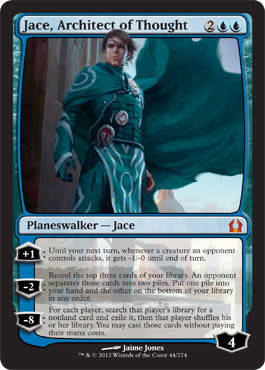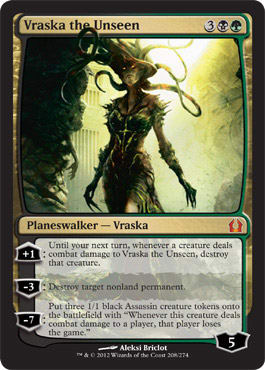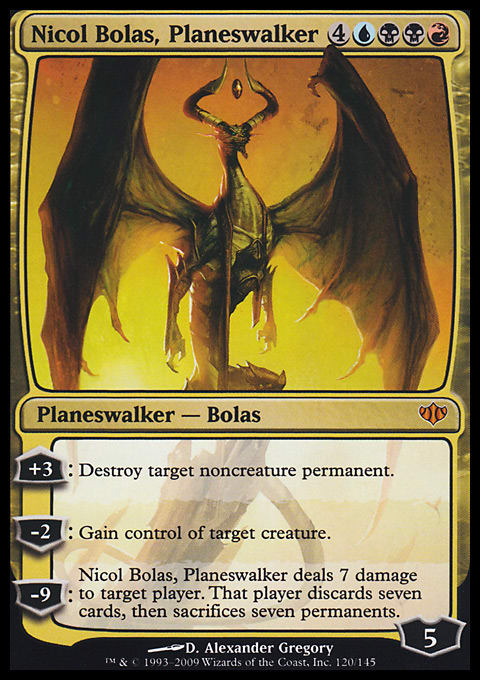After tapping the wisdom of several other writers here on Gathering Magic (Thanks Mike, MJ, and the rest!), finding a few things to ask was easy.
How did you approach writing three novellas? Alternatively, how did writing The Secretist differ from writing Alara Unbroken?
Writing the three parts of The Secretist was a bit like writing a short trilogy. I had the entire story planned out, down to the scenes at the end of Part 3, but I wrote them and revised them all sequentially. By the time I was finished with Part 3, Part 1 was already in print and being read by people. That was a new experience for me, compared to a single novel like Alara Unbroken.
For the Vorthoses out there, are the short stories featured in Uncharted Realms weekly on DailyMTG considered canon lore for Magic?
We intend them to be, yes. If there are story events that affect a certain character, we do check any Uncharted Realms stories written about that character and try to stay consistent with what’s laid down there. I would guess that if it came down to it, we might contradict a detail of an Uncharted Realms story if we really felt we had to. But part of the purpose of Uncharted Realms is to explore some of the storylines that don’t have a chance to be told elsewhere, and to let those authors get a chance to help weave part of Magic’s story.
Of the planeswalkers and characters not yet featured in a larger story, such as Tamiyo and Tibalt, which would you like to write about? Why?
I’m pretty intrigued by the gorgon Vraska. She’s enigmatic and she’s deadly. To a writer, that’s a very promising combination of character traits. I think she could play interestingly into a larger conflict, by which I mean kill a bunch of people in cool ways.
What character restrictions affect planeswalkers? Put differently, are there things that are problematic for planeswalkers to be able to do as characters?
Planeswalkers are almost defined by their ability to leave or escape a situation. Their abilities allow them to keep themselves well clear of danger if they want to be, and yet a writer’s job is to imperil protagonists. So the trick every time is to create a situation that is uniquely irresistible for that planeswalker—so that even if he or she has the power to escape, the character chooses not to or feels that he or she can’t. There are planeswalkers who keep themselves out of all danger and never risk their necks for the sake of anyone or anything else, letting everyone else take the risks—we call those guys villains.
When creating stories for Magic, are stories designed with a Magic-specific audience, general fantasy audience, or something else in mind?
Both. The goal is for Magic’s story to be relatable to any fantasy fan, but to have an even more satisfying payoff for those who enjoy and play the game.
In Part 3, do we finally discover what the Implicit Maze really is, and which of the maze runners wins? If so, how did you decide the winner when players are all invested heavily in their own factions?
In Part 3, you’ll finally find out what purpose the Implicit Maze serves, and why it’s crucial to Ravnica and the story. I can’t really talk any more about the ending without giving too much away.
How big is Ravnica? We've seen a lot of the Tenth District, but how many others are there? Nine? Ninety-nine? How much lore was created that's been left relatively untouched?
There are named districts in addition to numbered districts—Agents of Artifice names a few of them. I don’t think we’ve ever tried to exhaustively list out how many there are.
Is Dragon’s Maze: The Secretist, Part 3 the final story of Jace Beleren on Ravnica? Of Ravnica itself?
That sounds like one of those questions that sounds like it’s about the present, but is actually asking for a juicy tidbit about the future. I can’t really answer that one either way—we’ll just have to see how things turn out.
If Jace Beleren is chocolate ice cream, what flavor(s) is Ral Zarek? Domir Rade? Vraska? Nicol Bolas?
Ral Zarek is one of those novelty sundaes you get on your birthday, with a lit sparkler stuck in it—ambitious and kind of difficult to deal with. Domri Rade is a broken slab of unsweetened chocolate shoved in a kiddie cone—raw, tactless, and defiantly bitter. Vraska is a vanilla ice cream sandwich—kept under wraps most of the time, easily underestimated, but surprisingly compelling once put in front of you. Nicol Bolas is a single quenelle of exquisite chilled custard made with a Madagascar vanilla bean, topped with one thread of rare Greek saffron, served on a dish made from your hopes and dreams—sophisticated, ostentatiously restrained, and subtly, deeply hostile. (And you think Jace is chocolate ice cream, but it turns out later that you actually had a bowl of strawberry, and you come to wonder how you could ever have believed it was chocolate in the first place.)
Thanks for the questions!
Thanks again to Doug Beyer for answering our questions and feeding our Vorthos curiosities. I'm looking forward to more stories and flavor with Magic 2014 around the corner, and Theros hitting this fall.
If we have the opportunity for another Q&A with Doug, what would you want to know?





























